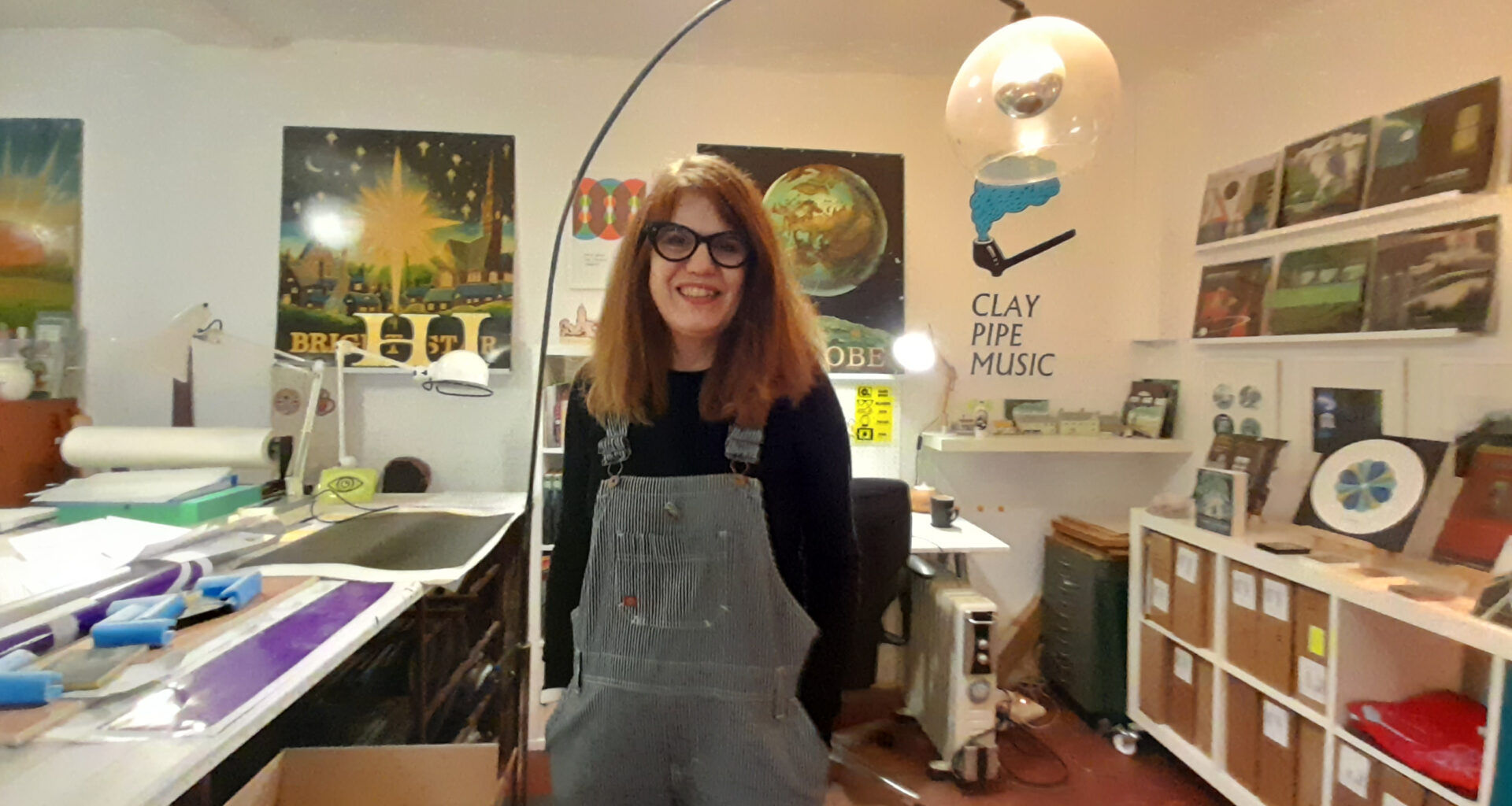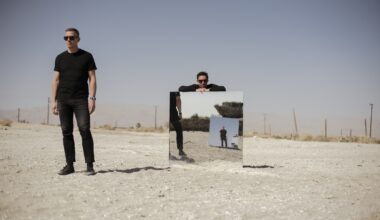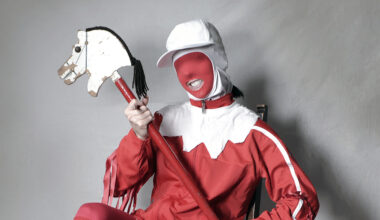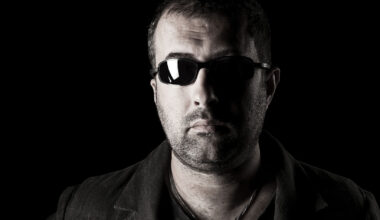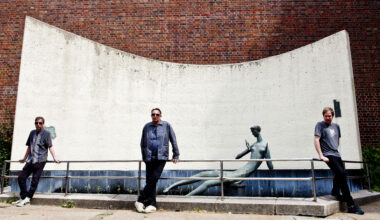When Clay Pipe Music celebrated 10 years of releasing electronica with a distinct connection to place, founder Frances Castle took a wistful ramble through the winding country lanes of a label with a beguilingly calm appeal
Want to read more?
Sign up to Electronic Sound Premium to gain access to every post, video, special offers, and more. 100%, all you can eat, no commitment, cancel any time.
Already a premium member? Log in here
